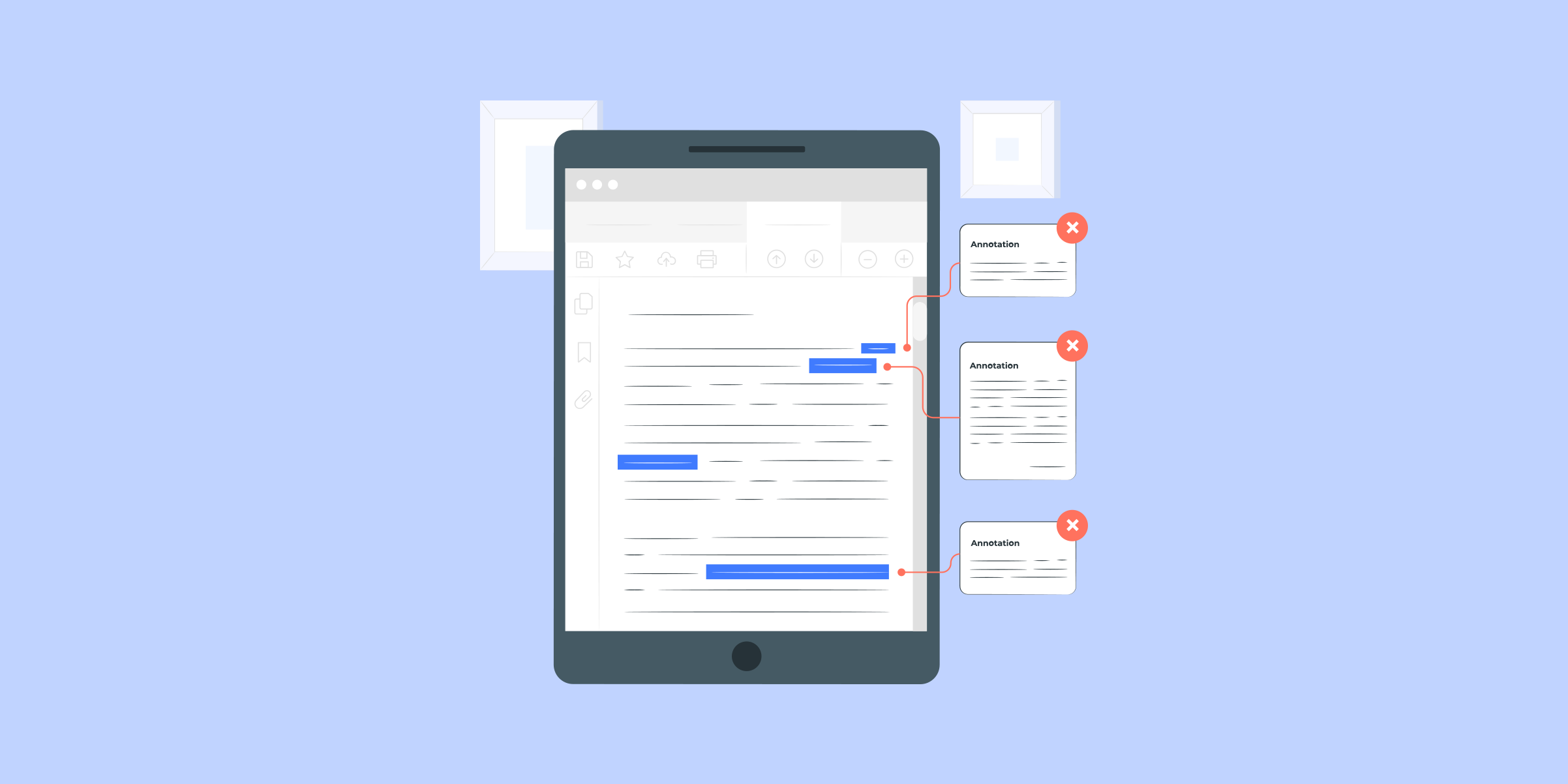Residential Proxies
Allowlisted 200M+ IPs from real ISP. Managed/obtained proxies via dashboard.

Proxies
Residential Proxies
Allowlisted 200M+ IPs from real ISP. Managed/obtained proxies via dashboard.
Residential (Socks5) Proxies
Over 200 million real IPs in 190+ locations,
Unlimited Residential Proxies
Use stable, fast, and furious 700K+ datacenter IPs worldwide.
Static Residential proxies
Long-lasting dedicated proxy, non-rotating residential proxy
Dedicated Datacenter Proxies
Use stable, fast, and furious 700K+ datacenter IPs worldwide.

Web Unblocker
View content as a real user with the help of ABC proxy's dynamic fingerprinting technology.
Proxies
API
Proxy list is generated through an API link and applied to compatible programs after whitelist IP authorization
User+Pass Auth
Create credential freely and use rotating proxies on any device or software without allowlisting IP
Proxy Manager
Manage all proxies using APM interface

Proxies
Residential Proxies
Allowlisted 200M+ IPs from real ISP. Managed/obtained proxies via dashboard.
Starts from
$0.77/ GB
Residential (Socks5) Proxies
Over 200 million real IPs in 190+ locations,
Starts from
$0.045/ IP
Unlimited Residential Proxies
Use stable, fast, and furious 700K+ datacenter IPs worldwide.
Starts from
$79/ Day
Rotating ISP Proxies
ABCProxy's Rotating ISP Proxies guarantee long session time.
Starts from
$0.77/ GB
Static Residential proxies
Long-lasting dedicated proxy, non-rotating residential proxy
Starts from
$5/MONTH
Dedicated Datacenter Proxies
Use stable, fast, and furious 700K+ datacenter IPs worldwide.
Starts from
$4.5/MONTH
Knowledge Base
English
繁體中文
Русский
Indonesia
Português
Español
بالعربية

Interacting with Web Services Through the API: A Comprehensive Guide
In the rapidly evolving digital landscape, businesses increasingly rely on web services to streamline operations and enhance customer experiences. Application Programming Interfaces (APIs) play a crucial role in facilitating communication between different software systems, enabling seamless data exchange and functionality integration. This article aims to provide a comprehensive guide on how to effectively interact with web services through APIs, empowering you to leverage the power of technology for your business needs.
Web service APIs serve as the intermediary that allows various applications to communicate and interact with each other over the internet. By defining a set of rules and protocols, APIs enable the exchange of data and functionality between disparate systems, promoting interoperability and efficiency. Whether you are retrieving real-time weather data for a mobile app or processing online payments on an e-commerce platform, APIs serve as the backbone of modern web services.
Before diving into the world of web service APIs, it is crucial to identify the specific requirements of your project and choose an API that aligns with your goals. Whether you opt for a RESTful API that leverages HTTP protocols for data transfer or a SOAP API that uses XML-based messaging, understanding the nuances of each type is essential for seamless integration. Additionally, consider factors such as authentication mechanisms, rate limits, and documentation quality when selecting an API for your application.
Security is paramount when interacting with web services through APIs, as any vulnerabilities could expose sensitive data and compromise system integrity. Implementing robust authentication mechanisms, such as API keys, OAuth tokens, or digital certificates, helps safeguard your API endpoints against unauthorized access. Additionally, encryption protocols like HTTPS ensure secure data transmission over the internet, protecting your communications from potential threats.
Efficient API interactions are essential for ensuring a smooth user experience and minimizing latency in data retrieval. By optimizing your API calls through techniques like caching, batch processing, and pagination, you can reduce response times and bandwidth usage. Furthermore, implementing error handling mechanisms and status code validations enhances the reliability of your API interactions, allowing you to address issues proactively and provide a seamless user experience.
Testing is a critical step in the development and deployment of API integrations, enabling you to identify and rectify any issues before they impact your users. Utilize tools like Postman, Swagger, or SoapUI to conduct comprehensive testing of your API endpoints, ensuring functionality and performance meet expectations. Additionally, monitoring tools such as New Relic or Datadog enable real-time tracking of API performance metrics, allowing you to detect anomalies and optimize your interactions for maximum efficiency.
As technology continues to evolve, new trends in API integration are shaping the way businesses interact with web services. From the rise of GraphQL for more efficient data querying to the adoption of serverless architecture for scalable and cost-effective solutions, staying abreast of emerging technologies is essential for driving innovation and competitive advantage. By embracing these trends and harnessing the power of APIs, businesses can unlock new opportunities for growth and differentiation in the digital landscape.
Interacting with web services through APIs offers a myriad of possibilities for businesses to enhance efficiency, improve user experiences, and drive innovation. By understanding the basics of web service APIs, choosing the right API for your needs, securing your interactions, optimizing performance, and staying abreast of emerging trends, you can harness the full potential of API technology for your business. Embrace the power of APIs and embark on a journey of digital transformation that will propel your organization to new heights of success in the interconnected world of web services.
Featured Posts
Popular Products
Residential Proxies
Allowlisted 200M+ IPs from real ISP. Managed/obtained proxies via dashboard.
Residential (Socks5) Proxies
Over 200 million real IPs in 190+ locations,
Unlimited Residential Proxies
Use stable, fast, and furious 700K+ datacenter IPs worldwide.
Rotating ISP Proxies
ABCProxy's Rotating ISP Proxies guarantee long session time.
Residential (Socks5) Proxies
Long-lasting dedicated proxy, non-rotating residential proxy
Dedicated Datacenter Proxies
Use stable, fast, and furious 700K+ datacenter IPs worldwide.
Web Unblocker
View content as a real user with the help of ABC proxy's dynamic fingerprinting technology.
Related articles

Interacting with Web Services: Mastering API Integration for Success
Learn how to interact with web services through the API to enhance your online experience. Discover the power of API integration for seamless data exchange.

Exploring the Benefits and Options of Using an HTTPS Proxy
In today's digital age, the need for online security and anonymity is more important than ever. One of the most effective ways to achieve this is by using an HTTPS proxy. An HTTPS proxy acts as an intermediary between your device and the website you are accessing, encrypting your data and routing it through a secure connection. This not only protects your information from hackers and eavesdroppers but also enables you to access blocked or restricted content. Whether you're browsing the web for personal or professional reasons, an HTTPS proxy offers a reliable and secure solution to ensure your online activities remain private and protected.

"Exploring the Power of Google Image Reverse Search: Unleashing the Potential of Visual Search Technology"
Google Image Reverse is a powerful tool that allows users to search for similar or related images using an image as a query. With just a few clicks, you can upload an image or paste its URL into the search bar, and Google will provide you with a list of visually similar images from around the web. This remarkable feature not only helps you find the source of an image, but also enables you to discover more information about a particular subject. From identifying landmarks to finding product details, Google Image Reverse is a versatile tool that can be used for various purposes. It has revolutionized the way we explore and navigate the vast visual landscape of the internet.